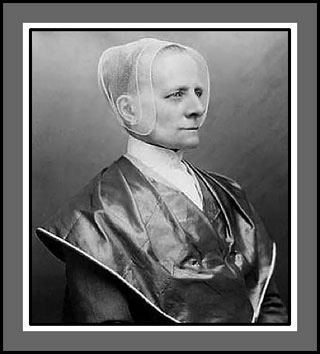The Shakers, of which the style is named after, were a Christian community of settlers, that originated in Liverpool and emigrated to America during the 18th Century.
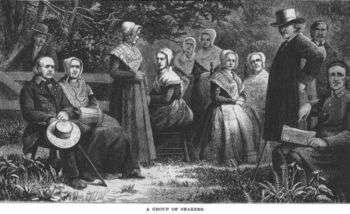
Image source: https://en.wikipedia.org/wiki/Ann_Lee#/media/File:A_group_of_Shakers.jpg
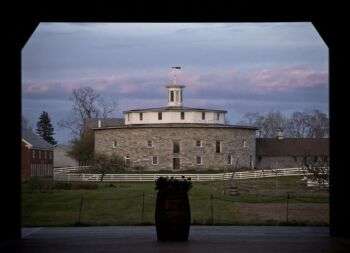
Image source: https://search.creativecommons.org/photos/ce3a4ab2-573e-41e7-bb3c-20cce3871694 by hlkljgk
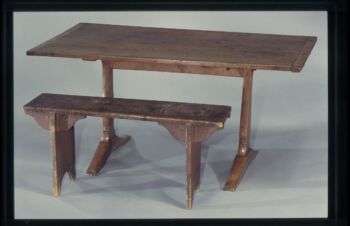
Who Were the Shakers?
The shaker community began in Liverpool in the 1700s by Ann Lee, a woman who went on a mission to find a more spiritual religion than the Church of England. In 1744, the community said to America to avoid religious persecution for being non-conformists. Once there, they designed large buildings for groups of people, where Minimalism was the main feature of their architecture.
Image source: https://prabook.com/web/ann.lee/3739906#
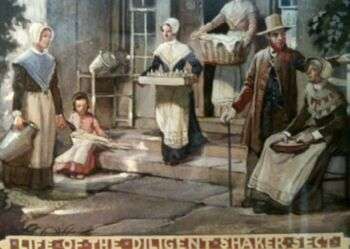
Image source: https://en.wikipedia.org/wiki/Shakers#/media/File:Life_of_the_Diligent_Shaker.jpg
Shaker Style Architecture
The Shakers were famous for their architecture and handcrafts, and they worked to served God in everything they did. Their architecture emphasized simplicity, utility, and fine craftsmanship. Further, the Shakers’ work focused on simple lines and durable materials. Wood molding was used to shape windows and doors, but it did not change the overall feel of simplicity.

Image source: https://commons.wikimedia.org
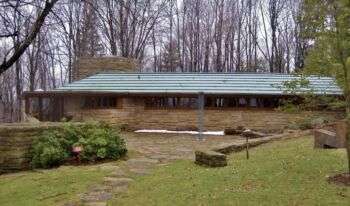
Image source: https://search.creativecommons.org/photos/f117fcde-54c3-45d9-97eb-90057d51d439 by Teemu008
Shaker Furniture
Shaker furniture and handcrafts focused on order, utility, and durability. They discarded any unnecessary ornament, and instead pursued a distinctive simple furniture and color.
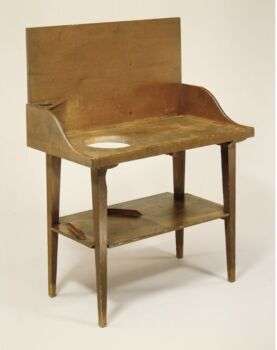
Furniture was often made of cherry or maple that was sometimes stained. Fortunately, collections of Shaker furniture are maintained today in the United States and the United Kingdom. Further, elements of Shaker design inspired many modern furniture pieces.
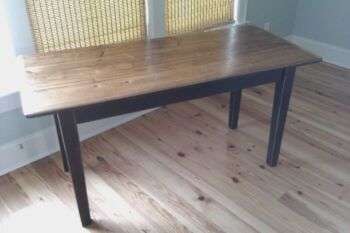
Image source: https://search.creativecommons.org/photos/c2b4a995-740b-4608-9f74-b7265dd7a7db by DesignFolly.com
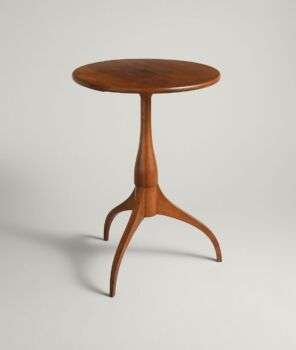
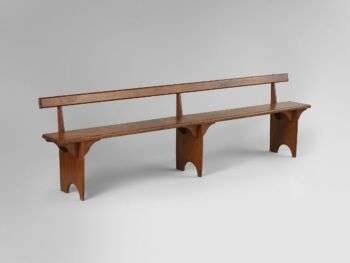
Important Artists
Tabitha Babbit (1784-1858): Not much is known about Tabitha Babbitt, but she lived in the Harvard Shaker community in Massachusetts. She became an American Shaker toolmaker and, probably, designed the circular saw.
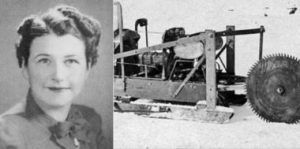
Image source: https://buscafriends.com/it/interests/post/12911 Author: Emanuele Gaber
Isaac Newton Youngs (1793 – 1865): He was a Shaker, designed furniture, transcribed hymnals by hand, improved his village’s waterworks, worked on the Church Family dwelling, turned more than a thousand clothespins on a lathe, and laid a new floor in the dairy.

Image sourse: https://search.creativecommons.org/photos/3af15ded-1dad-4f18-9305-20d0aca8ba7d by The Public Domain Review
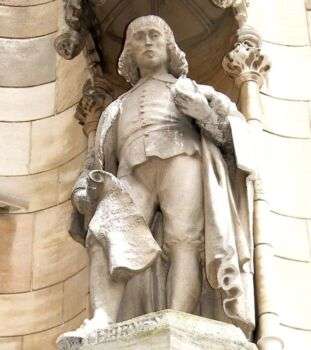
Image sourse:https://search.creativecommons.org/photos/7620839b-00da-4b26-bfc2-9641d4c856ce by jdlasica
Info sources:
https://www.britannica.com/technology/Shaker-furniture https://www.encyclopedia.com/education/dictionaries-thesauruses-pictures-and-press-releases/shaker-architecture
